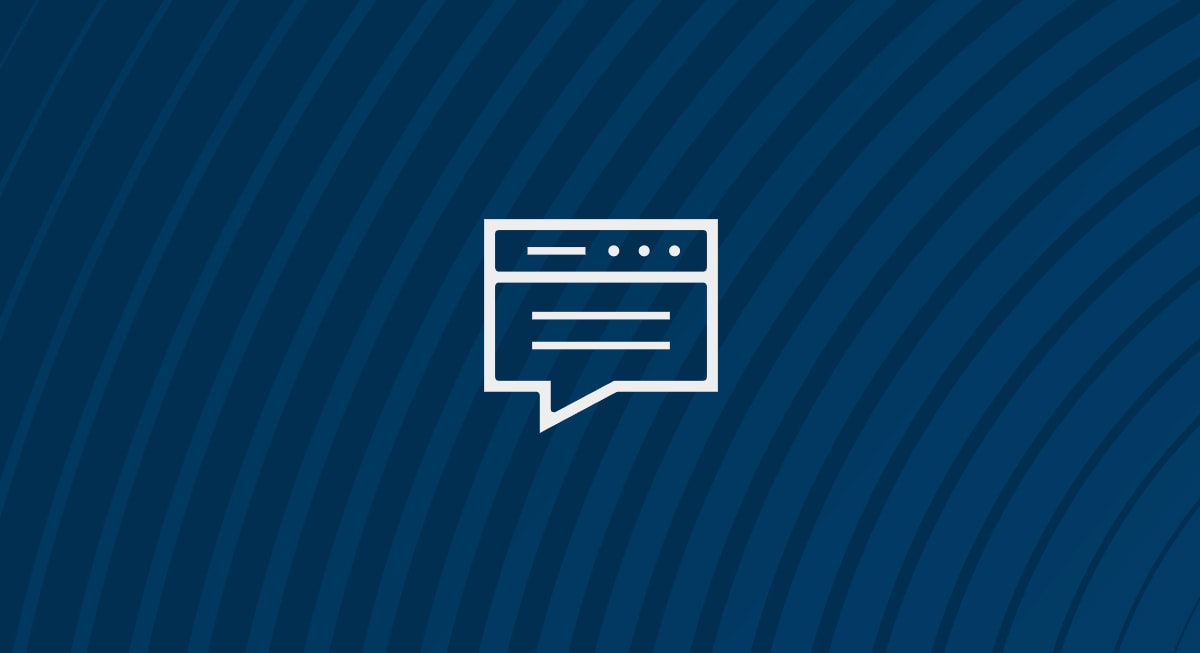Security technology is all but ubiquitous. No matter the industry or size, almost every organization employs security technology to keep their systems, assets, and data safe. But, if your industry is retail or healthcare — or you’re a small shop that sells bagels on the town square — your organization may not have the best grip on what your security stack should contain, or if your current one is meeting your security and business needs.
What Is a Security Tech Stack?
A security tech stack is the set of tools and technology an organization leverages to protect and secure their people, data, and infrastructure from threats. This can include solutions like VPNs, firewalls, anti-virus software, compliance software, and more. Depending on the organization, this technology stack can be massive or tiny, simple or complicated. No two stacks are the same.
Why is a Security Stack Important?
A security tech stack is critical to reducing cyber risk and improving your organization’s security posture. While different technologies serve different purposes— some control user access, others offer visibility and monitoring — each is an important piece of the security puzzle.
While determining what technologies to implement is dependent on business and security needs, implementing even basic technology is paramount. According to 2022 Verizon Data Breach Investigations Report, there were over 4,5000 security incidents in North America alone this past year, ransomware is up 13%, and cyber attacks are increasing year over year. In addition, 82% of incidents involved the human element — a vulnerability that security technology can help mitigate.
Example of a Security Tech Stack
Every tech stack will look different for each organization, as several factors (size, industry, security needs, risk tolerance, budget) will influence how a business builds their stack. But there are a few basic components every organization should have within their stack:
- A firewall. This is basic external security protecting the perimeter of a network or system.
- Anti-virus. This protects business end points from viruses.
- Email security. Everyone uses email, and it comes with a plethora of vulnerabilities and threats.
- Threat detection software. This is the visibility and monitoring component that alerts organizations to a potential threat.
- Multi-factor authentication (MFA). MFA is the least an organization can do to protect access to highly valuable assets and networks. In addition, it is becoming a more common requirement for cyber insurance.
Single Vendor Stack Versus Blended Stack
When it comes to building a security stack, there are hundreds of solutions and dozens of vendors to choose from.
Some organizations choose to go with a single vendor for all their needs. This has the advantage of those technologies working smoothly together, and often, a single interface for all operations. However, if every technology is connected, it can limit capabilities. Moreover, it can create a single point of failure, meaning if one part is hacked, the entirety is hacked.
Other organizations use technologies from multiple vendors and create what’s called a blended stack. This is often a better solution for a more complicated business, as it allows for custom onboarding and implementation, as well as more in-depth defense. It also allows the organization to cherry-pick the best products for each need instead of being limited to what a single vendor offers. However, not all technologies communicate or integrate well — or at all — and by utilizing multiple vendors, you’re adding complexity to your budgets and contracts.
Six Ways to Improve Your Tech Stack
No matter what your organization’s tech stack looks like, it’s important to remember that security is a journey, not a destination. Just because your organization bought the best solution for a single problem doesn’t mean your security posture is mature or your journey is complete. Threats are evolving, business and security needs are changing, and there is always a way to improve your tech stack.
Here are six:
-
- Implement multi-factor authentication across the organization and invest in privileged access management (PAM) software for better access security. Both components help manage user identities and access, which is becoming more important as credential theft increases.
- Continuously monitor and analyze network traffic to understand patterns and identity anomalies. Tech stacks are not meant to be “set it and forget”, so maximum visibility allows your organization to adjust the stack over time to improve security and thwart potential threats.
- Consider a managed detection and response (MDR) solution for your business and security needs. An MDR solution serves as a partner to your IT team, and combines technology with the human element to monitor, detect, and respond to advanced threats.
- Evolve your endpoint tools for better endpoint protection and breach prevention. Endpoints are a major vulnerability, especially in the age of remote work where users could be utilizing public wifi or working from unsecure areas. According to a 2020 survey from Ponemon Institute, 68% of respondents stated that endpoint attacks are increasing.
- Gain visibility into your organization’s cloud usage. You can’t protect what you can’t see. If you don’t understand what’s happening in the cloud — which is historically less secure than physical servers and networks — you won’t be able to configure your tech stack for optimal security and protection.
- Invest in employee training. While a robust tech stack is necessary, employees are the first line of defense when it comes to keeping your organization secure. Investing in security training software can help your employees be as vigilant as your tech stack.
To learn more about how to level up your organization’s tech stack and what’s needed to achieve security maturity, see our on-demand webinar So You Want To … Level Up Your Security Tech Stack.
To better understand how security operations solutions can enhance and complement security technology, explore our white paper.





